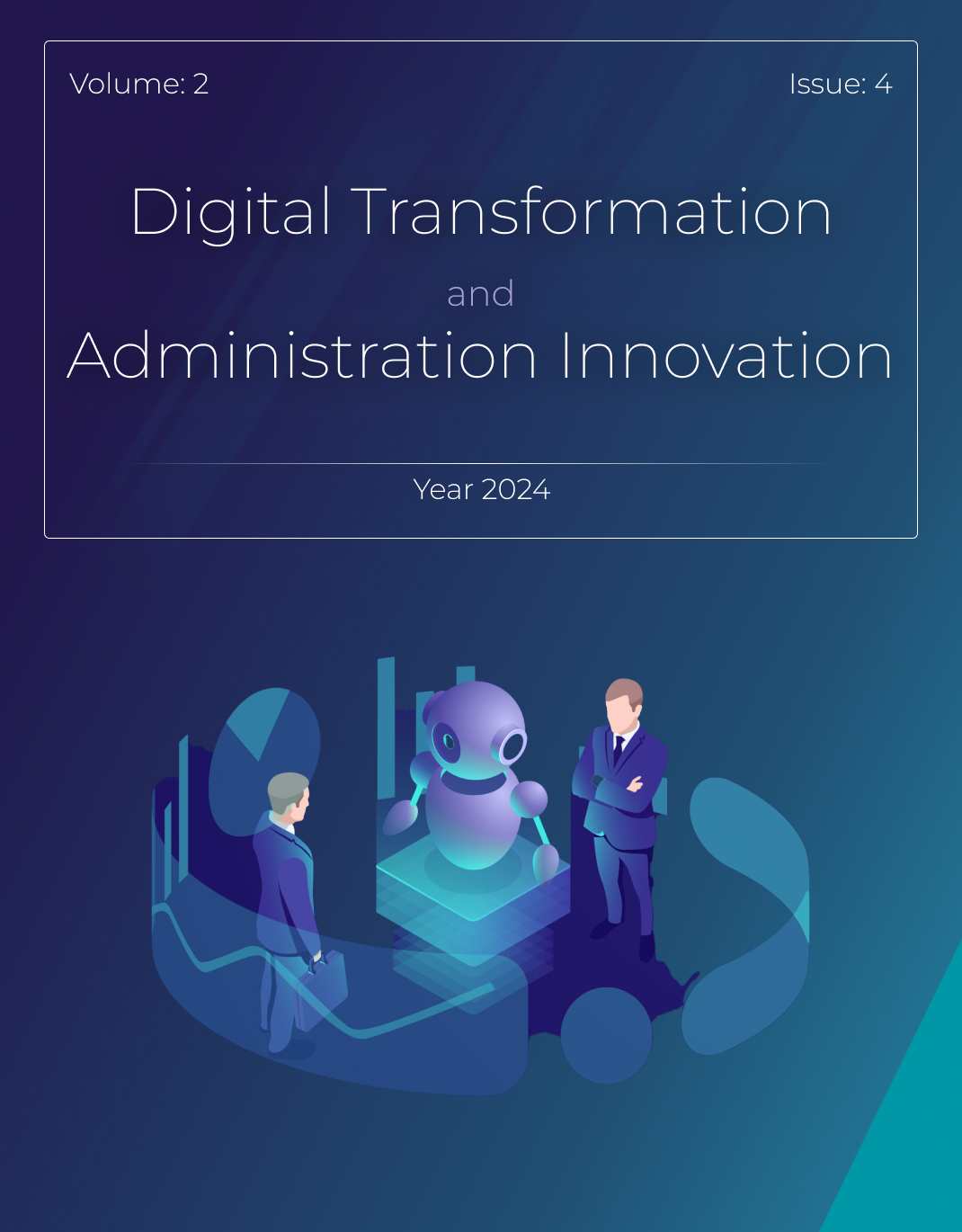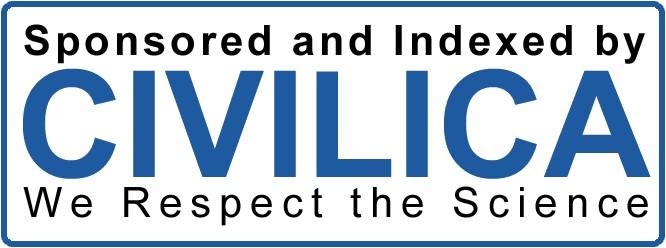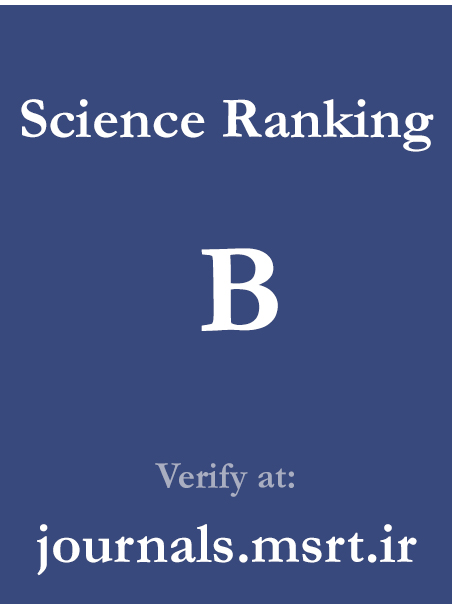Validation of the Functional Model of Social Media Networks in the Labor and Teachers’ Social Movements in Iran (2015–Present)
Keywords:
Social media, Digital activism, Teachers’ movement, Labor movement, Mobilization, Network society, Democratic participation, IranAbstract
The study aimed to validate a comprehensive functional model of social media networks in shaping awareness, mobilization, and democratic engagement within the social movements of Iranian teachers and workers from 2015 onward. This research employed a mixed-methods sequential design, integrating qualitative and quantitative approaches to ensure conceptual depth and empirical precision. In the qualitative phase, semi-structured interviews were conducted with 15 experts in communication, political science, journalism, and union activism using purposive and snowball sampling until data saturation. Thematic analysis following the Attride-Stirling network approach identified three levels of themes—basic, organizing, and global—leading to the conceptual model. The quantitative phase involved 400 participants from teacher and worker movements, selected through random sampling. A questionnaire derived from the qualitative themes was validated using content validity indices (CVI and CVR), Cronbach’s alpha, and composite reliability. Statistical analyses, including t-tests and factor analyses, were performed using SPSS to test the model’s structure and reliability. Descriptive and inferential analyses confirmed that all latent variables—awareness and information dissemination, mobilization and organizing, collective power, transformation of social and cultural structures, and democratic engagement—were positively and significantly correlated. Model fit indices (AVE = 0.62–0.69; CR = 0.79–0.93) indicated high convergent validity and internal consistency. The highest explanatory power appeared in mobilization and organizing (R² = 0.657), while awareness and information dissemination recorded the highest mean (M = 3.94). The validated model demonstrated that social media act as central mechanisms of awareness, solidarity, and participation in Iranian professional movements. The study confirmed that social media networks function as multidimensional infrastructures of communication, coordination, and democratization, transforming professional activism into networked, participatory, and connective forms of collective action in Iran’s socio-political landscape.
Downloads
References
Aghapour, M. (2019). Virtual Social Networks and the Transformations of Social Movements in Iran. Sociologists Publishing.
Alimohammadi, F. (2017). The Use of Social Media in Facilitating Teachers' Advocacy. Quarterly Journal of New Research in Social Sciences, 5(1), 91-104.
Asgari, N., & Farahani, A. (2022). Politics and Social Media: Digital Activism in Contemporary Iran. Politics Quarterly, 52(2), 87-112.
Bagheri, M., & Niknam, S. (2017). Examining the Role of Social Networks in the Social Mobilization of Teachers. Comparative Education Quarterly, 7(2), 45-63.
Bennett, W. L., & Segerberg, A. (2013). The logic of connective action: Digital media and the personalization of contentious politics. Cambridge University Press. https://doi.org/10.1017/CBO9781139198752
Castells, M. (2012). Networks of outrage and hope: Social movements in the Internet age. Polity Press.
Della Porta, D., & Diani, M. (2006). Social movements: An introduction. Wiley-Blackwell.
Earl, J., & Kimport, K. (2011). Digitally enabled social change: Activism in the Internet age. MIT Press. https://doi.org/10.7551/mitpress/9780262015103.001.0001
Ghasemi, M., & Javadi, R. (2020). A Sociological Study of Teachers' Professional Protests. Iranian Sociology Journal, 20(4), 213-234.
Habermas, J. (1989). The structural transformation of the public sphere. MIT Press.
Hosseini, Z., & Mohammadi, N. (2018). The Impact of Virtual Space on Social Cohesion Among Working-Class Groups. Social Science Research Journal, 25(1), 67-88.
Inguaggiato, C., Yemini, M., & Khavenson, T. (2025). A scoping review of research on school-age youth activism in global citizenship education. Prospects, 1-22. https://doi.org/10.1007/s11125-025-09728-w
Jalali, R. (2021). Representation of Professional Demands in Social Networks: A Case Study of Iranian Teachers. Applied Sociology Quarterly, 31(3), 109-132.
Karami, E. (2018). The Role of Virtual Space in the Formation of Social Movements: A Case Study of Teachers' Protests. Cultural Strategies Quarterly, 8(2), 33-56.
Kowsari, M. (2023). The Education System and Teachers' Professional Activism in the Islamic Republic of Iran. Education Research Institute.
Mahboob, S., Sharifi, M., & Karimiyan Dahaghi, H. (2025). The Impact of Social Media on the November 2019 Protests in Iran. Interdisciplinary Studies in Society, Law, and Politics, 4(1). https://journalisslp.com/index.php/isslp/article/view/238
Mahdavi, R., & Norouzi, P. (2019). Network Analysis of Workers' Protests in Iran. Iranian Political Sociology Quarterly, 6(1), 65-88ER -.
McCarthy, J. D., & Zald, M. N. (1977). Resource mobilization and social movements: A partial theory. American Journal of Sociology, 82(6), 1212-1241. https://doi.org/10.1086/226464
Rahimi, B. (2020). Cyberpolitics in Iran: New media and civic activism. Iranian Studies, 53(1), 1-20.
Razavi, K. (2020). Professional Activism of Teachers in Iran: From Formal Structures to Informal Virtual Networks. Education Quarterly, 36(4), 21-39.
Shahabi, L. (2019). Discourse Analysis of Social Networks in Professional Protests. Studies in Modern Media, 10(1), 55-78.
Shirky, C. (2011). The political power of social media. Foreign Affairs, 90(1), 28-41.
Tilly, C. (2004). Social movements, 1768-2004. Paradigm Publishers.
Wellman, B. (2001). Physical place and cyberplace: The rise of personalized networking. International Journal of Urban and Regional Research, 25(2), 227-252. https://doi.org/10.1111/1468-2427.00309
Yousefi, B. (2017). Digital Activism and Structural Transformations in Professional Advocacy. Communication Studies Journal, 23(3), 101-124.
Downloads
Published
Submitted
Revised
Accepted
Issue
Section
License
Copyright (c) 2024 Fershteh Moradi (Author); Nazanin Malekiyan (Corresponding author); Nowruz Hashem Zehi, Leila Niroomand (Author)

This work is licensed under a Creative Commons Attribution-NonCommercial 4.0 International License.







